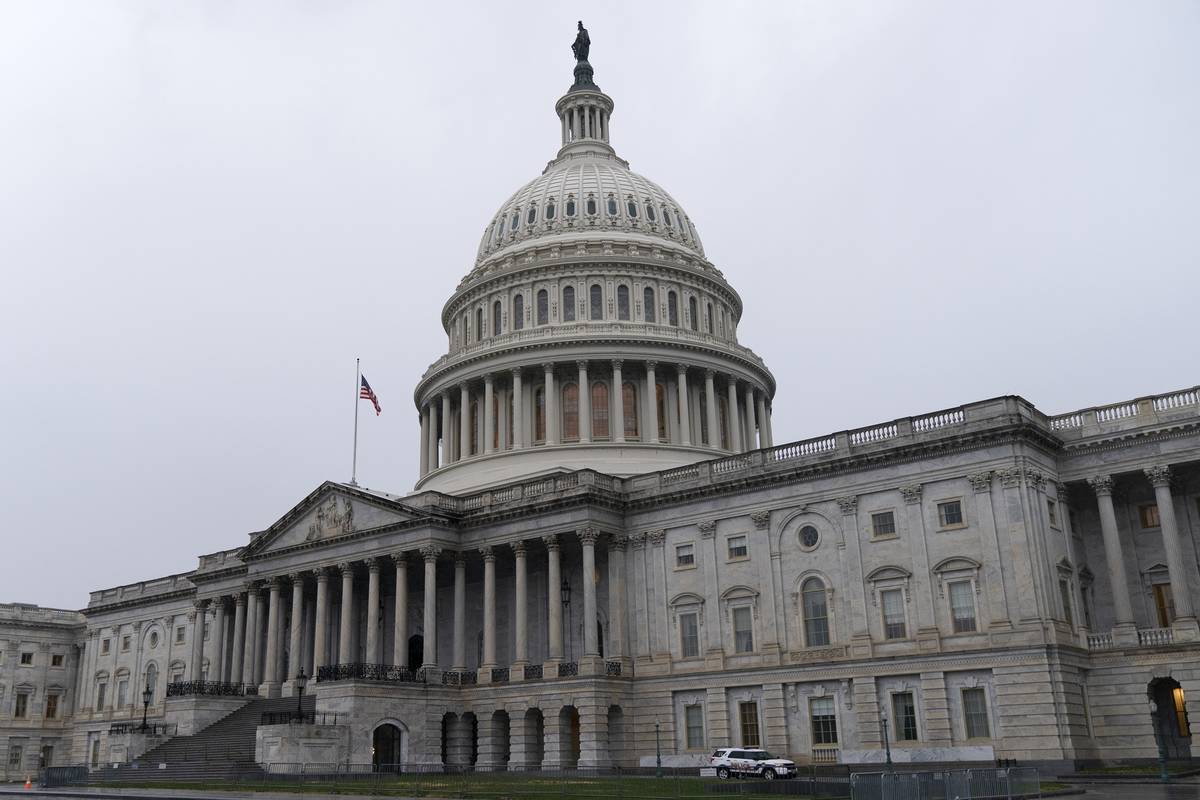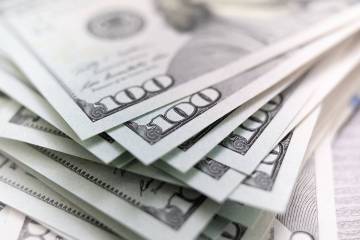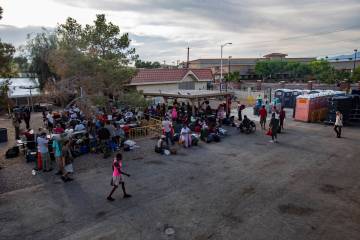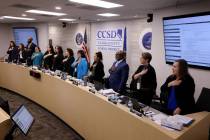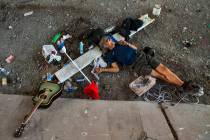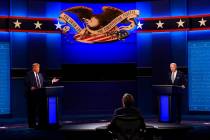EDITORIAL: States doing better than expected
The COVID-19 pandemic has left holes in many government budgets. But the damage has been far less than feared.
The Wall Street Journal reported last week that, as lockdowns and business restrictions were put in place last March, many states anticipated revenue shortfalls approaching 20 percent. Instead, tax collections have been remarkably resilient, and more than one-third of all states have seen revenues come in beyond forecasts.
“A flood of federal aid for businesses and households helped prop up incomes and consumer spending,” the Journal explained. “Unemployment fell and economic activity picked up much faster than expected. Unlike in previous recessions, equity and housing markets have done well.”
While Nevada, with its tourist-based economy and heavy reliance on the gaming industry, continues to suffer from high joblessness, its budget outlook has much improved from the dire days of last summer when lawmakers cut the biennial spending blueprint from $9.1 billion to $8.4 billion. Despite talk in Carson City of more “cuts,” Nevada is on pace to see a spending increase from there over the next two years.
Unfortunately, these developments have yet to make their way into the news feeds used by congressional Democrats. Congress has already bailed out states and local governments to the tune of about $300 billion, yet Democrats are poised to pass another $360 billion handout despite the fact that state budgets have fared much better than expected.
“Most states are having to tighten their belts, which is not a bad thing,” the Cato Institute’s Chris Edwards noted last month. “A course correction is needed, but there is no broad-based ‘state fiscal crisis’. ”
Although bailout money would go to both red and blue states, it’s worth noting that many of the locales faring the worst during the pandemic were also the most vulnerable prior to the virus —partly because they were fiscally mismanaged in the first place. Take Illinois, where officials last year were pining for federal cash under the guise of COVID relief in order to shore up their hemorrhaging public pension system that has stressed the state to the brink.
There’s also a correlation between economic outcomes and the severity of lockdowns and business restrictions imposed. Think Florida vs. New York.
The data simply don’t support another round of untargeted cash infusions for states and cities, particularly when economic indicators appear relatively healthy and the federal government itself is gushing red ink. After all, where do local and state politicans with their palms extended think the money comes from?



